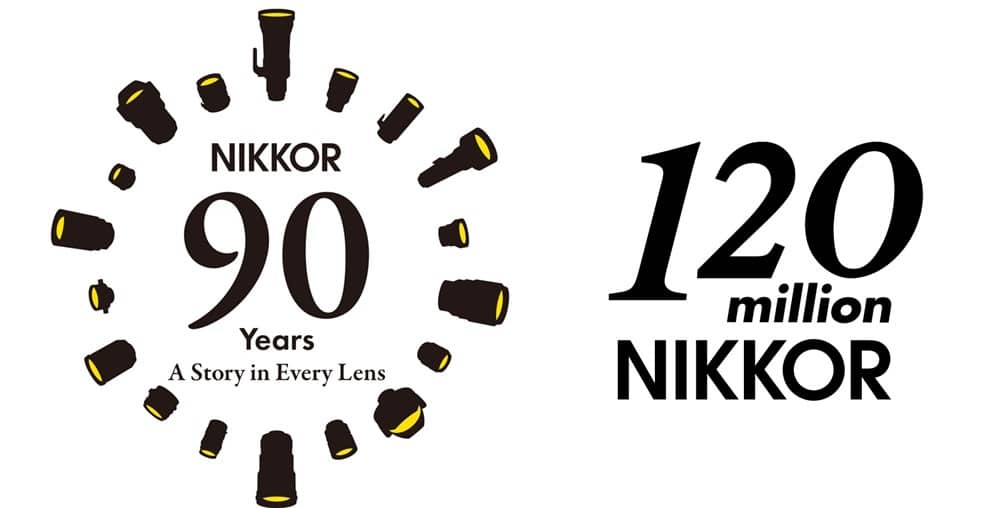Nikon has reached a major milestone with the production of 120 million NIKKOR lenses for its interchangeable lens cameras as of April 2024, marking a significant achievement in its long history.
Nikon is pleased to announce that it has produced 120 million NIKKOR lenses for Nikon interchangeable lens cameras, a milestone reached in April 2024. Notably, Nikon is one of the few manufacturers that starts the production process from the creation of optical glass. The company offers a range of NIKKOR F lenses for single-lens reflex cameras and NIKKOR Z lenses for mirrorless cameras.
The NIKKOR brand has been a symbol of optical excellence since Nikon registered the trademark in 1932. The journey began in 1933 with the introduction of Aero-Nikkor aerial photographic lenses. Nikon remains committed to manufacturing lenses from scratch, ensuring each one meets rigorous quality standards through a meticulous process from design to final inspection.
Technological innovation has always been at the forefront of NIKKOR lenses, integrating features such as aperture control, autofocus, and vibration reduction. The recent NIKKOR Z lenses, designed for mirrorless cameras, feature a new mount with the industry’s largest diameter, enhancing optical performance possibilities. A standout example is the NIKKOR Z 58mm f/0.95 S Noct, celebrated as the fastest lens in Nikon’s history due to its f/0.95 aperture.
Over the past 90 years, Nikon has continually advanced imaging culture, pushing the boundaries of imaging expression. The variety of NIKKOR Z lenses released in recent years exemplifies this ongoing quest for excellence in imaging technology.
Nikon’s achievement of producing 120 million NIKKOR lenses highlights its enduring commitment to quality and innovation in optical technology, continuing to expand the horizons of imaging expression.

